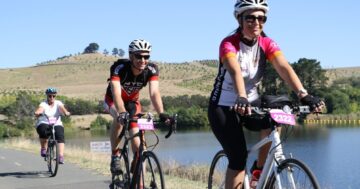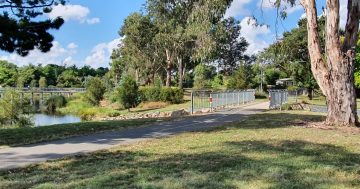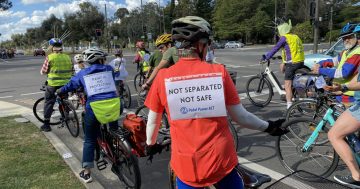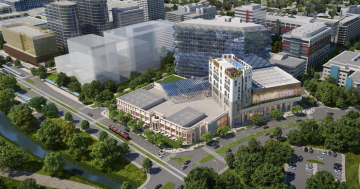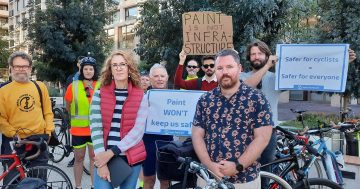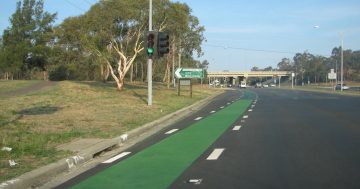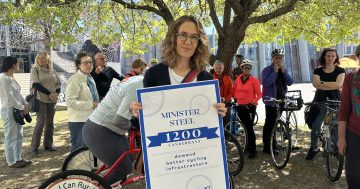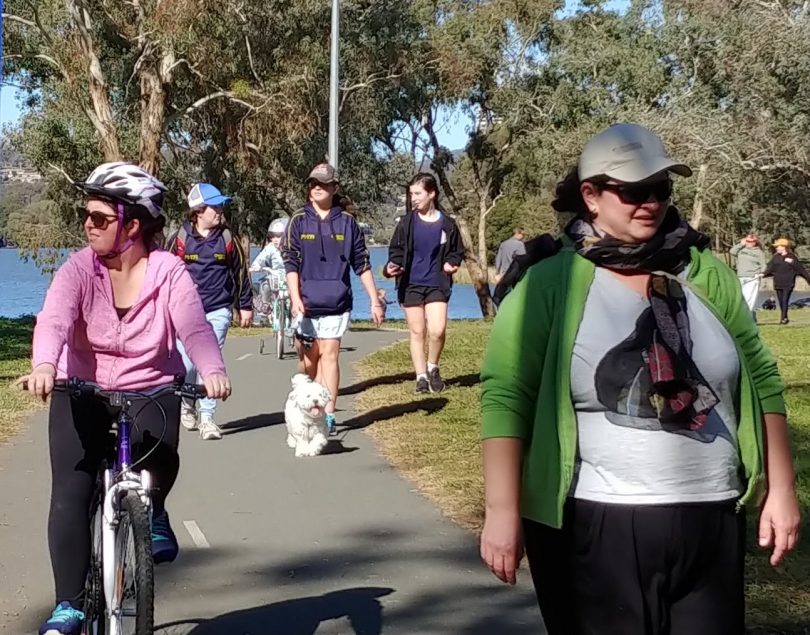
Busier than ever: more data is needed on who is using the ACT’s shared paths, says Pedal Power. Photo: Facebook, Pedal Power.
The ACT’s cycling lobby is pushing for the government to gather more up-to-date information on who is using the Territory’s increasingly congested shared paths as pressure points build between cyclists and walkers.
Canberrans have taken to the ACT’s path networks as part of a cycling and walking boom during the COVID-19 pandemic and shutdown, and the familiar tensions have become heightened with the increased numbers competing for space on the city’s popular routes.
Pedal Power ACT CEO Ian Ross made a point of posting a blog noting the anger that was infecting the paths.
”People walking are frightened and angry about the speed and behaviour of people on bikes and scooters. Riders are angry about the behaviour of people who are walking and not paying attention, or not looking out for their animals,” he wrote.
He urged people to be more considerate so everyone could use the network safely but also said the problem was also one of design, and one that had been building for years.
He pointed to narrow paths and a lack of maintenance and planning.
While acknowledging the new paths and upgrades the government has embarked on as part of the COVID-19 infrastructure program, Mr Ross told Region Media that the city’s growing population and the need to reduce transport greenhouse emissions meant the government should get an accurate picture of the network and plan for a city with fewer cars on the roads.
”The first step is that we need some good monitoring on our paths network so we have some solid data about congestion,” he said.
The government needed to expand its monitoring and this could be done with sensors, video, or an annual headcount so the increasing variety of users, which also included e-bikes and skateboards, could be captured.
At present, a bike barometer using a ground sensor is located at the intersection of the Sullivan’s Creek shared path and MacArthur Avenue in O’Connor, but it only counts cyclists.
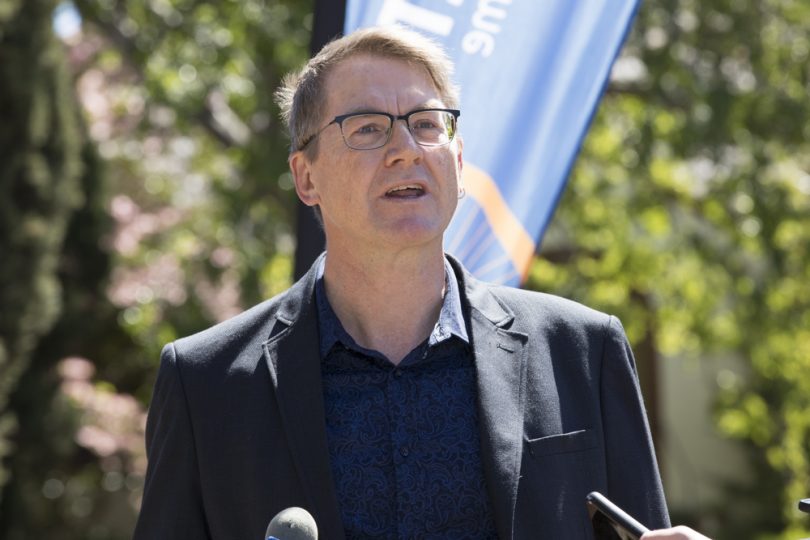
Pedal Power ACT CEO Ian Ross: ”The first step is that we need some good monitoring on our paths network so we have some solid data about congestion.” Photo: File.
Mr Ross said getting more people on bikes was not the whole answer to cutting emissions but it was definitely part of the solution, and the cycling network had not kept pace with Canberra’s growth.
”There are parts of the network that have not been upgraded since they were first built in the 80s and 90s and some parts are really badly crumbling,” he said.
”We need a more consistent treatment, a rolling maintenance, not waiting till people fall over.”
He said the network had come to the point in the more popular areas, such as around Lake Burley Griffin, where separate bike and walking routes should be considered.
He said the central path of the lake route was also a principal bike route and part of the transport corridor but also one of the most delightful places to walk and sightsee.
”We have to make sure that our paths network accommodates all those things, and if they can’t then you need to provide people with separate routes,” he said.
But wider paths, particularly on principal routes, would make a difference.
The standard is 2.5 metres but three metres would be preferred on the principal cycling routes.
”For busy routes we should be looking at expanding them to four metres,” Mr Ross said, so a person riding a bike can pass walkers without ”freaking them out”.
”People still have to slow down and take care but it’s quite possible to have two people sharing a lane in both directions.”
Mr Ross said the government was setting people up to fail if the path networks were not designed to cater for multiple uses, including transport.
”We want them to be fast transport corridors so people can get to work in a timely way and we want people to feel safe when they are walking so we need to make sure of that when we’re designing these things,” he said.
Mr Ross said proper planning would mean infrastructure was already built into new suburbs and not have to be retrofitted. A case in point was Wright where there are no underpasses beneath John Gorton Drive.
He said the Belconnen cycleway project showed what could be achieved and Canberra had a good foundation to support cycling but the ACT could not rest on its laurels.
”We need a planned approach to maintain and expand our network as our city grows,” Mr Ross said.












